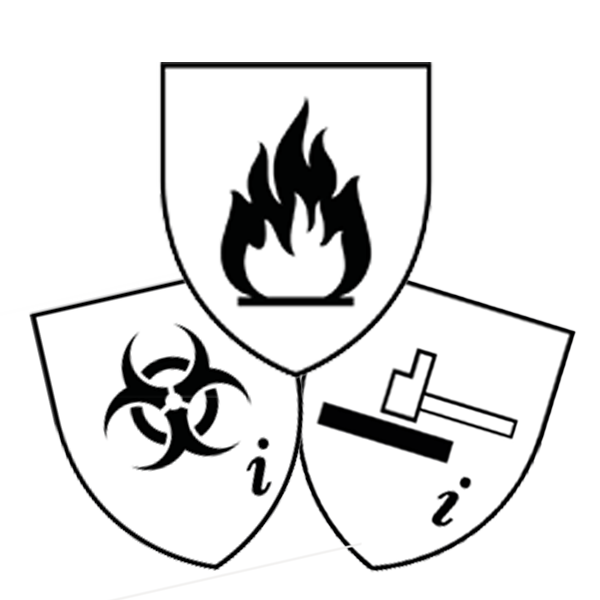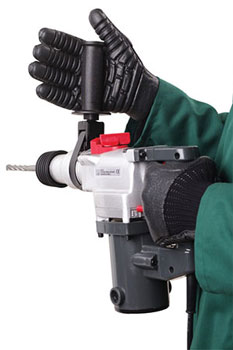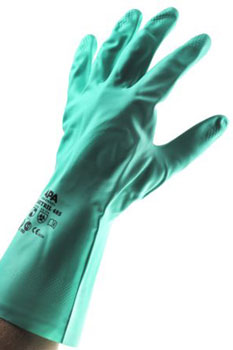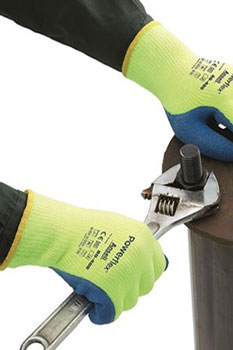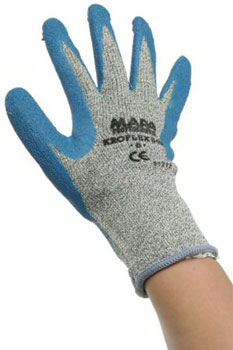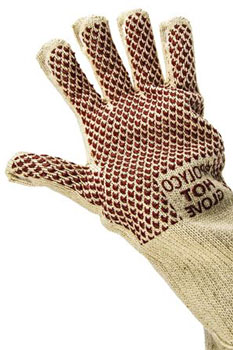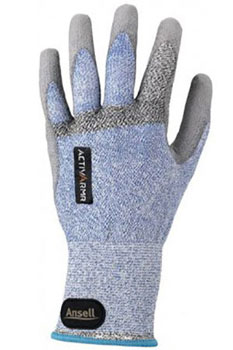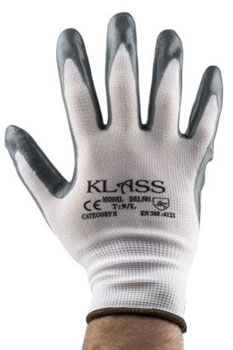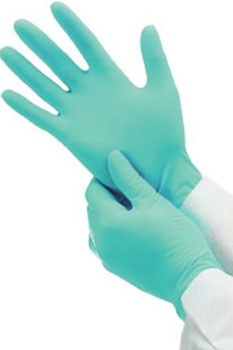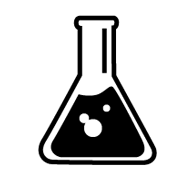PPE Glove Guide
Select from our wide range of major brands
Introduction
This guide helps you choose the most appropriate reusable or disposable glove to use in your workplace enviroment and for your application. It sets out the important points to consider when selecting a glove and provides details of the different types of glove we offer.
We include an overview of relevant safety standards that you should be aware of when choosing either reusable or disposable gloves, as well as how and where to measure to get the right fit.
Topics in this guide
Getting the Perfect Fit
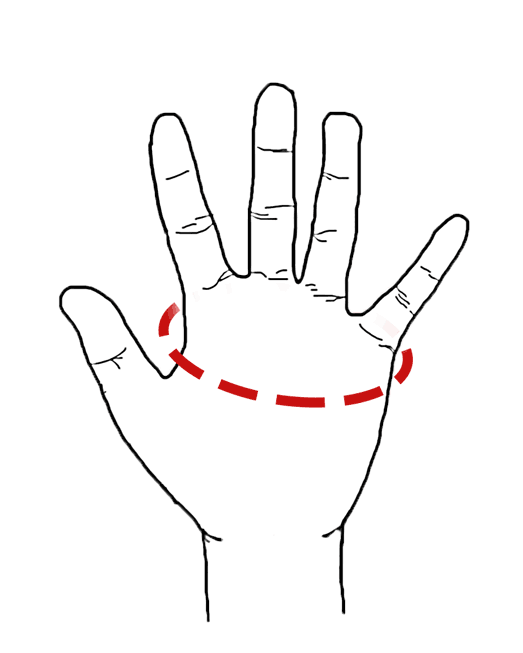
Choosing the correct size of glove is important. Wearing gloves that are too tight or too loose can impair the grip or create folds and be uncomfortable.
When users are issued with comfortable gloves of the correct size, they are more likely to be worn and safety is less likely to be compromised.
1. Measure the circumference of your hand as shown
2. Move the slider below to your size in centimeters
3. Read your glove size opposite
You require size
S
(15-20cm)
Safety Standards
Reusable and Disposbale gloves within the RS range are provided by a number of suppliers and manufacturers and each is designed to comply with differing protection standards.
The European and US standards are still the most frequently referred to even outside these continents. There are some national standards and specifications available although these are not normally recognised outside of their regions.

General Requirements EN420
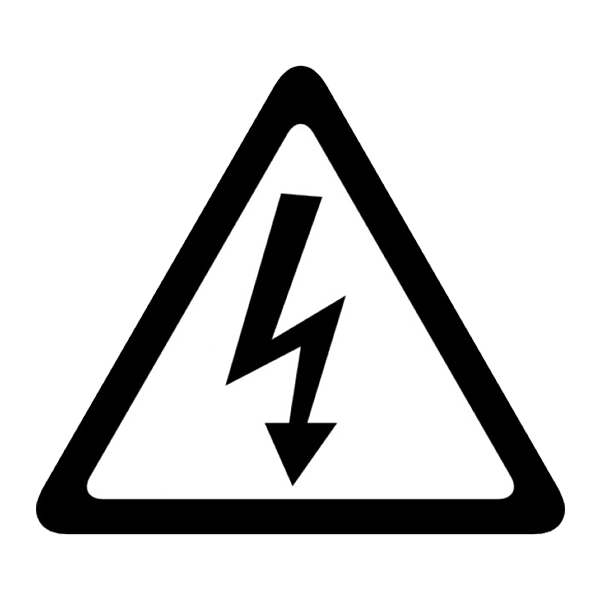
Electrical Safety Gauntlets

Mechanical Hazards EN388

Chemical and Micro-Organism EN374

Thermal Hazards (Heat and/or Fire) EN407

Protection from Cold EN511

Medical Use
EN455

Electrostatic properties EN1149

Medical Devices Directives 93/42/EEC
Select a standard
Hover over a standard to learn more.
General Requirements EN420
EN420 defines the general requirements for most types of protective gloves:
- Product and packaging infomation and marking
- Design and construction
- Fitness for the purpose
- Comfort and efficiency
- Innocuousness
- Storage
- Sizing
Electrical Safety Gauntlets
Electrical Safety Gauntlets are classed by the maximum working AC voltage that they protect against:
Mechanical Hazards EN388
- Resistance to abrasion
- Blade cut resistance
- Tear Resistance
- Puncture Resistance
Chemical and Micro-Organism EN374
EN374-2 Resistance to penetration by micro-organisms. Referred to as Acceptable Quality Level (AQL)
EN374-3 Resistance to chemcical hazards (permeation)
Thermal Hazards (Heat and/or Fire) EN407
- Burning Behaviour
- Contact Heat
- Convection Heat
- Radiant Heat
- Small splashes of molten metal
- Large splashes of molten metal
Protection from Cold EN511
- Resistance to convection cold
- Resistance to contact cold
- Permeability to water
Medical Use
EN455
EN455 defines the requirements and testing carried out on single-use gloves intended for medical purposes. It covers 4 key areas:
EN455-1:Freedom from holes
EN455-2:Physical Properties
EN455-3:Biological evaluation
EN455-4:Shelf life determination
Electrostatic Properties EN1149
There are a series of standards for testing methods and requirements for the electrostatic properties of protective clothing. Coverage includes:
EN1149-1:Measure of surface resistivityEN1149-3:Measure of charge decay
EN1149-5:Material and design requirements
Medical Devices Directives 93/42/EEC
The Medical Device Directives classify devices according to the potential hazard, expected duration of contact and expected invasiveness.If a product conforms to the Medical Devices Directives it must carry a CE mark on its packaging and may also provide a statement of its classification. In addition, the properties of medical devices are described by a range of standards.
Glove Material
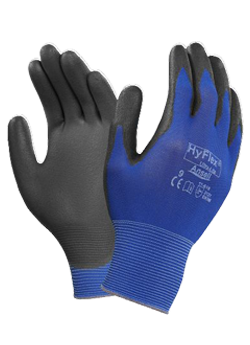
Disposable gloves are split into categories according to their construction material. Click to expand to find out more
Latex
Latex: Designed for comfort and dexterity.
Neoprene
Neoprene: Possess very high chemical resistance and are low in allergens.
Vinyl
Vinyl: A low cost glove with low allergens.
Nitrile
Nitrile: With high chemical resistance, high strength and puncture resistant.
Polyethylene
Polyethylene: Another low cost glove with low strength.
Polymer
Polymer: Comfortable to wear, with low allergens and moderate strength.
Glove Types
Technologies we offer
Use one of these links to view the products on the RS website
